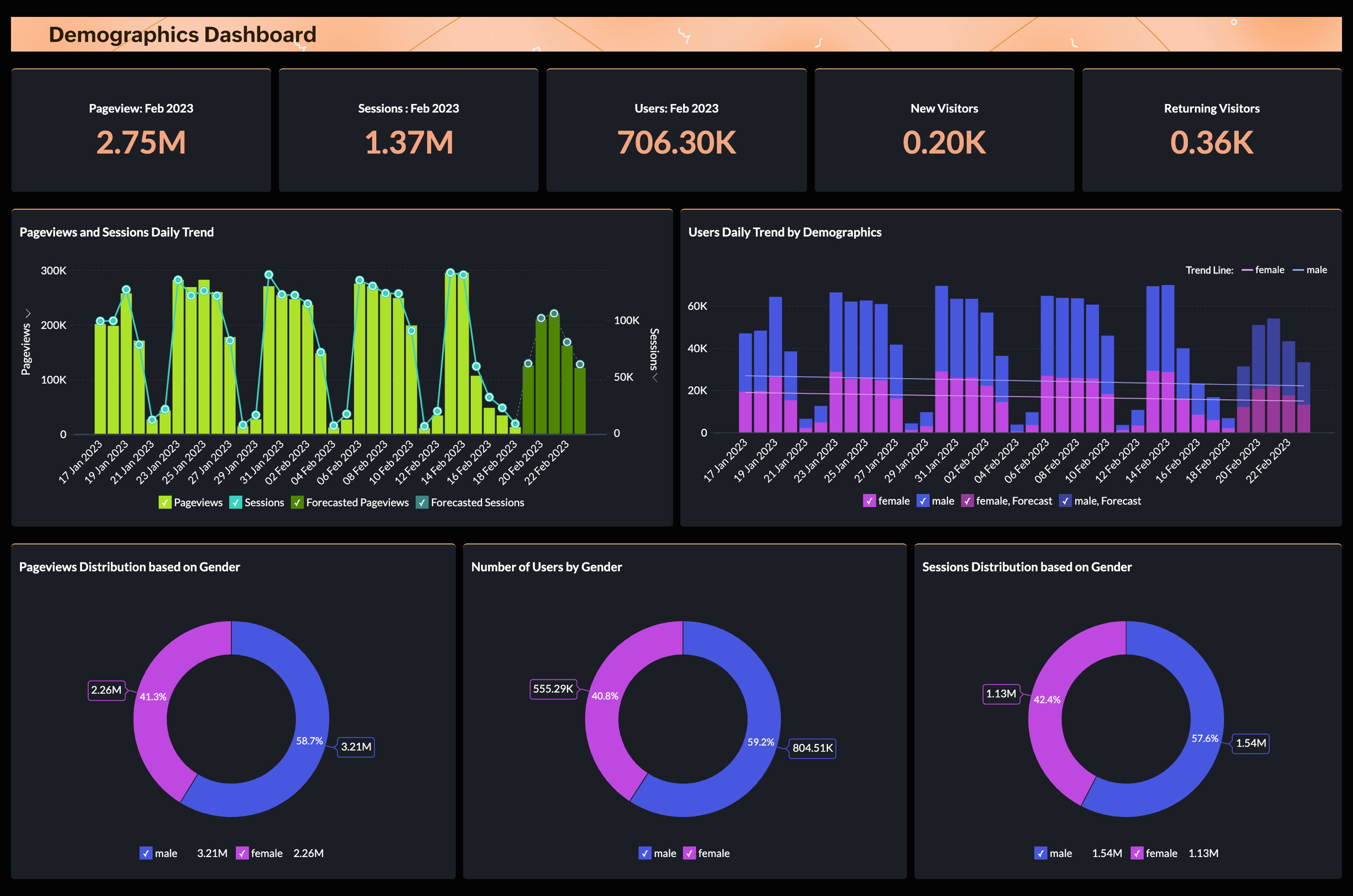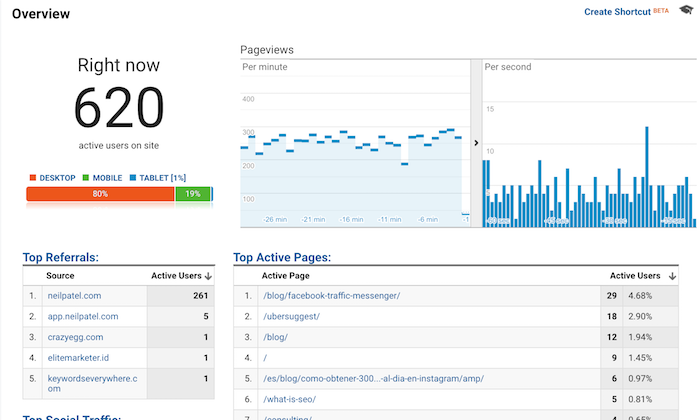Master Internet Site Insights With Accurate Google Analytics Tracking Code
The reliable use of Google Analytics depends upon the accurate execution of its tracking code, a fundamental action often forgotten by internet site owners. This relatively basic JavaScript bit, when appropriately placed, comes to be the foundation of information collection, supplying understandings into user habits and website performance. However, obstacles can occur throughout configuration, potentially skewing the data and leading to misinformed decisions. Comprehending these intricacies is essential for optimizing the advantages of analytics. What are the usual mistakes that could weaken your monitoring efforts, and how can you guarantee precision in your method?
Recognizing Google Analytics Essentials
Google Analytics is a necessary device for web site proprietors and marketing experts, offering vital understandings right into user habits and website performance. At its core, Google Analytics collects information about visitors to a web site, allowing individuals to examine metrics such as web traffic resources, individual involvement, and conversion prices. Comprehending these principles is critical for maximizing a website's efficiency and enhancing user experience.
The system utilizes cookies to track interactions, videotaping information such as web page sights, session periods, and bounce rates. This information is accumulated and provided through customizable dashboards, enabling users to envision fads with time. Trick performance indications (KPIs) can be checked, such as the total number of individuals, brand-new versus returning visitors, and the geographic distribution of the target market.
Moreover, Google Analytics supplies division features, allowing customers to isolate particular website traffic sources or customer demographics for more targeted analysis. By grasping these foundational aspects, site owners can make informed choices about material method, marketing campaigns, and overall site improvements. Ultimately, understanding Google Analytics basics is important for leveraging information to drive development and achieve business objectives successfully.
Establishing Up Your Monitoring Code

Duplicate the provided tracking code and paste it right into the HTML of your site. This guarantees that the tracking code tons prior to any kind of other content, enabling it to record data precisely.
After setup, verify that the tracking code is working properly by utilizing Google Tag Assistant or the Real-Time reports in Google Analytics - when does the google analytics tracking code send an event hit to analytics?. This action is necessary to verify that your information collection is active and accurate, setting the structure for insightful analysis
Common Tracking Code Issues
This might take place when the monitoring code is placed in the incorrect section of the web site's HTML, usually leading to insufficient or absent data. In addition, having several instances of the tracking code on a single web page can result in inflated metrics, as customer communications could be counted more than when.
Another problem arises from making use of ad blockers, which can avoid the monitoring code from carrying out completely, therefore skewing information. when does the google analytics tracking code send an event hit to analytics?. Additionally, failing to set up filters appropriately can bring about the exclusion of essential website traffic resources or the incorporation of unwanted recommendation spam, misshaping the data gathered
Site owners might also ignore the relevance of tracking code updates, particularly when migrating to Google Analytics 4 (GA4) from Universal Analytics. Lastly, not enough screening before introducing changes can lead to undetected errors in the tracking code, further complicating information reliability. Dealing with these typical issues is important for making certain accurate monitoring and insightful analytics.
Analyzing Site Data Effectively
Accurate information collection is just the very first step in leveraging Google Analytics; the real worth depends on properly analyzing that information to drive educated decision-making. To attain this, it is important to recognize crucial performance indications (KPIs) that align with your organization goals. Concentrate on metrics such as conversion prices, user involvement, and web traffic sources, as these will give insights into user habits and the total efficiency of your website.
Utilizing Google Analytics' division features permits for a deeper understanding of your target market. By damaging down information into particular demographics, habits, and website traffic channels, you can reveal trends and patterns that educate targeted approaches. Carrying out custom reports and dashboards can streamline this procedure, enabling fast access to important information.
Moreover, frequently assessing data patterns gradually aids to recognize abnormalities and possibilities for improvement. Make use of visualization tools to present information in a conveniently digestible format, helping with extra efficient communication with stakeholders. Eventually, the ability to evaluate web site information efficiently equips businesses to make calculated choices that improve user experience, optimize advertising and marketing initiatives, and drive growth.

Best Practices for Accurate Monitoring
Executing effective monitoring practices is important for acquiring reputable data in Google Analytics. To ensure exact tracking, begin by appropriately installing the Google Analytics tracking code on every web page of your web site. This can be completed through a tag supervisor or by directly embedding the code into the HTML.
Next, configure your Google Analytics account to exclude internal website traffic. This can be done by establishing filters that determine and get rid of check outs from your company's IP address, therefore avoiding skewed more info here information. Furthermore, make use of event monitoring to check specific user communications, such as downloads or video clip plays, which basic page sights may overlook.
Regularly investigate your monitoring arrangement to validate that all attributes, such as objectives and ecommerce tracking, are operating appropriately. Develop a constant identifying convention for your campaigns and events to facilitate easier reporting and analysis.
Finally, take into consideration leveraging UTM parameters for projects to gain insights into the efficiency of various marketing efforts. By following these dig this finest practices, you can boost the accuracy of your information collection and analysis, ultimately bring about more educated decision-making for your internet site.
Verdict
By making certain the tracking code is appropriately put and frequently audited, internet site owners can record important customer interaction information, hence promoting the identification of vital performance indications. Ultimately, a durable monitoring framework improves the capacity to drive engagement and enhance overall site efficiency.

Inadequate testing before releasing adjustments can result in unnoticed errors in the tracking code, better this link making complex data reliability.Applying reliable tracking techniques is critical for acquiring reputable data in Google Analytics. By ensuring the monitoring code is correctly positioned and consistently investigated, site proprietors can catch vital customer interaction information, therefore facilitating the recognition of key efficiency signs.
Comments on “Discover When Does the Google Analytics Tracking Code Send an Event Hit to Analytics and Why It Matters”